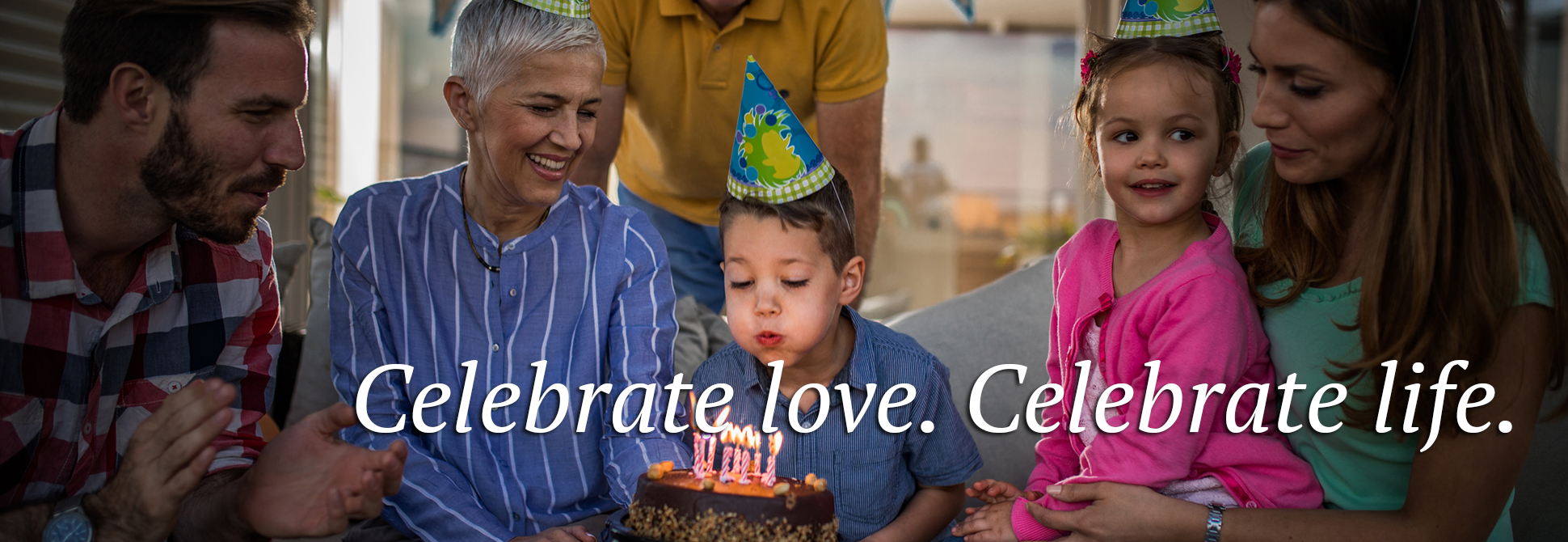How do I choose an urn?
The primary purpose of an urn is to contain cremated remains. Beyond that, consideration must be given to functionality, material, personal preference, durability, size, and cost. Perhaps the first thought should be is, “What is going to happen to this urn?” If the urn is to be buried in the ground in a cemetery, some cemeteries require that the urn be made of a durable material such as marble, brass, or bronze. If wood, ceramic, or sheet metal is used, the cemetery may require the urn to be placed in an urn vault.
As opposed to cemeteries that require durable urns, many memorial gardens established on church property requires that any container be constructed of biodegradable materials, such as porous terracotta, paper fiber, bamboo, gel or sand. Similarly, a living urn combines the cremated remains, soil, nutrients, mulch, and a tree or shrub to produce a living memorial to the deceased.
If the intention is to keep the urn at home or to place it in a niche in a columbarium, a decorative urn may be desired. Urns vary in color and style to express one’s preference for color, landscape theme, favorite sports team, or hobbies. In addition to accommodating the cremated remains of an adult, smaller urns are available if the cremated remains are to be buried in different places and/or shared with others. As with most things, urns range in price from very affordable to more expensive, depending upon a number of considerations.







Comments